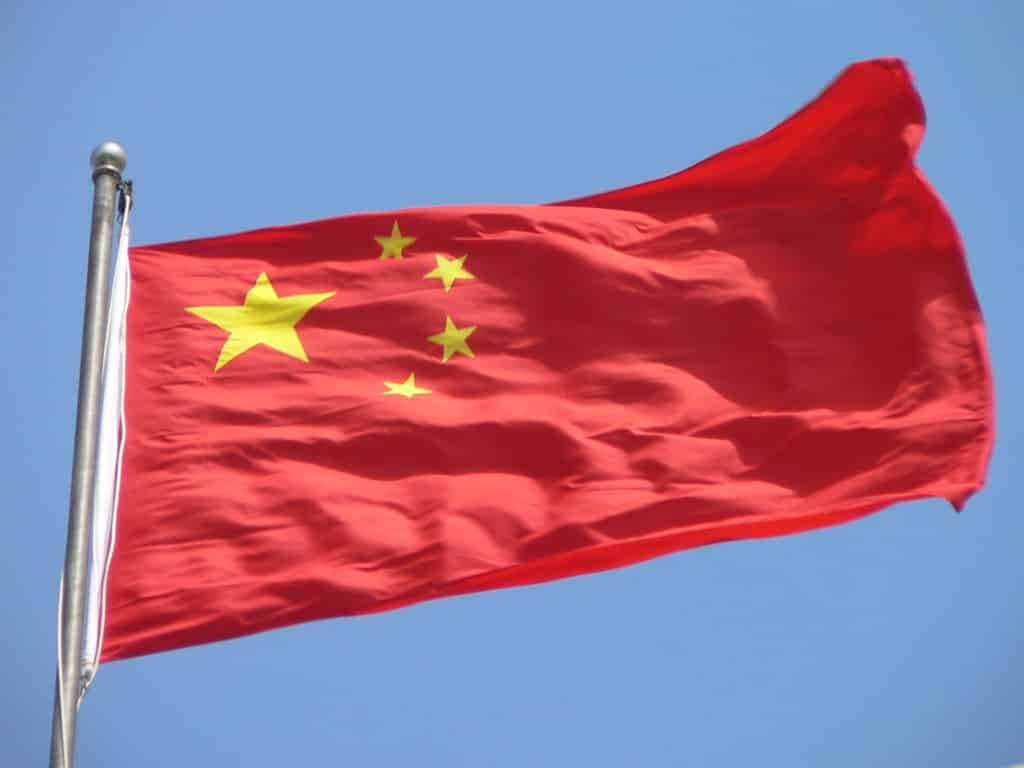Systemic Due Process and the Hague Judgments Convention
The State Department is exploring ratification of the Hague Judgments Convention (HJC) and Convention on Choice of Court Agreements (COCA). It has announced a meeting of the Advisory Committee on Private International Law for October 24-25 to discuss these conventions (as well as the Singapore Convention on mediation) and how they might be implemented. As…
Continue ReadingReciprocity and the Hague Judgments Convention
In a prior post, I reported on recent developments that offer a basis for (cautious) optimism that the United States may soon take the necessary steps to ratify the Hague Judgments Convention (HJC). In this post, I explore how the issue of reciprocity might affect the ratification process. Reciprocity Reciprocity refers to the mutual recognition…
Continue ReadingRecent Developments Concerning the Hague Judgments Convention and COCA
Although the United States signed Hague Convention on Choice of Court Agreements (COCA) in 2009, it has yet to ratify it. In this post, I report on some recent developments that offer a basis for (cautious) optimism that the United States may soon take the necessary steps to ratify both COCA and the Hague Judgments…
Continue ReadingEnforcing U.S. Securities Judgments Against Chinese Companies
Robin Hui Huang and Weixia Gu have an interesting paper up on SSRN about enforcing foreign securities judgments in China. In China’s Recognition and Enforcement of Foreign Securities Judgments Against Overseas-Listed Chinese Companies, they note that private securities litigation against Chinese companies in U.S. courts is increasing. But most Chinese companies listed in the United…
Continue ReadingA Primer on Judicial Assistance Treaties
[This post is one in a series of primers on various topics in transnational litigation. More primers can be found on our topic pages, accessible by clicking Topics at the top of the page.] In transnational litigation it will often be necessary to do something within the territory of another state, such as serve process,…
Continue ReadingExplaining the Hague Judgments Convention to U.S. Lawyers
On March 2, 2022, the United States signed the Hague Judgments Convention, a multilateral agreement that seeks to facilitate the recognition and enforcement of judgments across national borders. While there is a vast difference between signing and ratification – as anyone who has followed the halting progress of the Hague Convention on Choice-of-Court Agreements can…
Continue ReadingEnforcing Chinese Judgments: A Response
In July, Bill Dodge discussed the enforcement of Chinese judgments in U.S. courts, using the Shanghai Yongrun case as a recent example and arguing against systemic review of foreign legal systems. Along the way, he cited Judging China, a recent paper of mine. He accurately characterized me as less than enthusiastic about U.S. courts enforcing…
Continue ReadingPerspectives on the 2019 Hague Judgments Convention from the United States and Canada
On August 29, 2022, the European Union and Ukraine became Contracting Parties to the 2019 HCCH Convention on the Recognition and Enforcement of Foreign Judgments in Civil or Commercial Matters, commonly known as the Hague Judgments Convention, thus triggering its entry into force on September 1, 2023. Our article recently posted to SSRN, The 2019…
Continue ReadingEnforcing Chinese Judgments
It has become routine for courts in the United States to recognize and enforce Chinese judgments, subject to the same limits that are applied to judgments from other countries. Last year, a New York court threatened to upset this positive trend. Relying on U.S. State Department Country Reports noting corruption and lack of judicial independence…
Continue ReadingUnited States Signs the Hague Judgments Convention
On March 2, 2022, the United States signed the Convention of July 2, 2019 on the Recognition and Enforcement of Foreign Judgments in Civil or Commercial Matters, better known as the Hague Judgments Convention. This post describes the Convention and next steps.
Continue Reading



